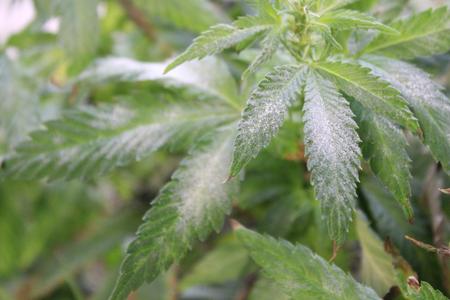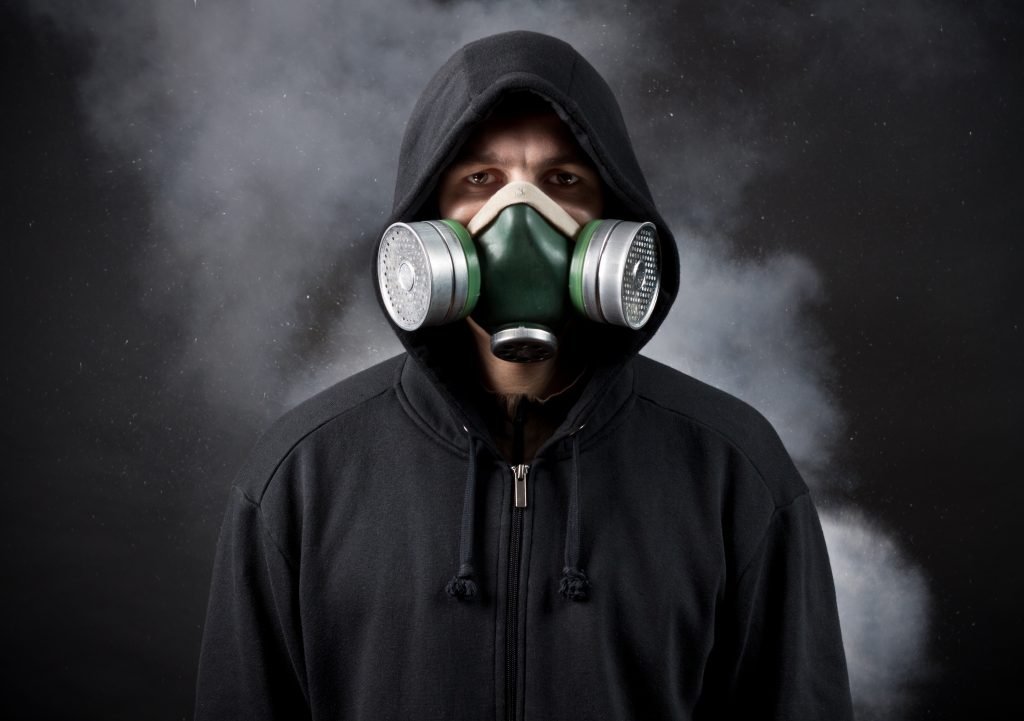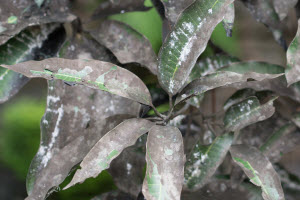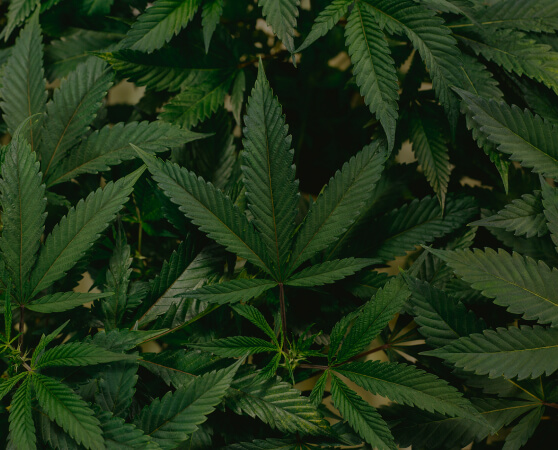
Sure, you’re worried about the air quality outside; but have you stopped to think about potentially harmful emissions inside your cannabis facility? If not, you could be in for a world of hurt.
Indoor Growing Operations
Did you know that almost a third of the U.S. cannabis supply comes from indoor growing operations? It’s not surprising. Indoor operations allow for a controlled environment and facilitate multiple grow cycles in a single year. It’s a great way to maximize your yield and protect your plants from harmful contaminants.
However, those same indoor operations often come with a variety of challenges. And the two heaviest hitters? Rampant mold growth and cannabis odor.
Air Purification: A Key Component to Any Successful Grow Operation
Air sanitation prevents cross contamination and halts the spread of other undesirable organisms inside your grow rooms. It does this by purifying and sanitizing the air, eliminating dangerous spores and viruses, and then returning the now-clean air to the room.
Here’s how it works:
- The polluted air from your grow room gets pulled into the system via fans and ducts.
- The contaminated air then passes into the purification chamber, which removes the impurities (we’ll talk more about precisely how that happens in a moment).
- The clean and sanitized air now gets pumped back into the room.
This cycle is constant, so every time the air “picks up” an undesirable contaminant, the air purification system handles it before it has a chance to take hold and do serious damage to your crop.
Not All Air Cleaners Are Equal
Did you know that some air cleaners don’t actually clean the air?
These alternatives include carbon filters in grow rooms and air exchanges. Neither of those is particularly good at air purification. Rather, they are mostly designed to help manage and eliminate the heavy odor of cannabis. While they might “clean” the smell, they do nothing for controlling harmful microbes.
So, what are the other options?
There are many products on the market to clean the air. Some simply trap dangerous microbes and spores in their filters, producing harmful emissions in the process. These filters require frequent replacement and ongoing maintenance to remain effective; otherwise, the barrier becomes compromised, and the microbes get through.
Other options may be effective at air purification, but release another chemical compound into the air. One example is oxidization purifiers. These leverage ionized hydrogen peroxide to “burn” impurities out of the air. The result of their reaction creates a hydrogen peroxide by-product.
But think about the applications for hydrogen peroxide: antiseptics and bleaching. While relatively harmless to humans, the impacts of aerosolized hydrogen peroxide on plants could be detrimental. And what if some small airborne droplets came into contact with bleach or another sterilizing solution commonly used in grow rooms? The impacts of these interactions on plants are unknown and unstudied; not very comforting if you’re entrusting it with your livelihood.
What’s the Best Air Sanitization Option for Indoor Growers?
The Airoclean420 is hands down the best of the best. Our top-of-the-line air sanitation system helps eliminate the worst contaminants (mold, botrytis, even powdery mildew) in a completely safe and non-toxic way. In fact, the origins of our machine are literally out of this world!
The technology used in our system began as a purification system for NASA astronauts. While attempting to grow vegetation in space, they struggled to control VOCs, or volatile organic compounds. As they were working in an area with a limited air supply (literally!), they needed to find a way to safely eliminate harmful pathogens and spores without impacting safety or air quality.
They settled on photocatalytic oxidation – PCO for short. PCO sanitation systems work because they eliminate the unwanted particulates by burning them out of the air, without any harmful byproducts. With all the danger inherent in space travel, they needed to ensure the system was both flawless and efficient. And they succeeded.
No chemicals or toxic gases produce the sanitizing reaction; instead, titanium dioxide acts as the catalyst. When exposed to UV light, it oxidizes all organic material – mildew, mold, Botrytis, blight, bacteria, viruses, allergens, and other VOCs. These substances become mineralized, and the air leaving the chamber is 99.999987% contaminant free.
Amazing right? You could almost call it futuristic…except that it’s available to you today.
Where Can I Get My AiroClean420?
To find out more about the AiroClean420 and to get information on emissions in your cannabis facility, contact one of our air sanitizing professionals by calling 844-247-3913.
Ready to Stop Powdery Mildew?
Fill out a simple form to get pricing for AiroClean420.





